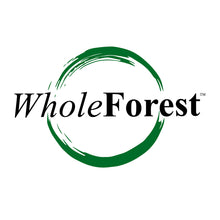Deforestation in South America
The coastal rainforest where Whole Forest operates is one of the most endangered forest ecosystems in South America. Over the last 20 years, these forests have been reduced to less than 5% of their former range, largely due to the clearing of forests for the rapid expansion of agriculture. Because of their exceptional diversity of plants, birds, and amphibians, high levels of endemism, and the essential habitat provided for the survival of many threatened and endangered species, Ecuador’s coastal rainforests are one of the top hotspots for global biodiversity.

The clearing of old growth rainforests is a major emitter of CO2. Deforestation (the destruction of natural forests) is responsible for close to 20% of the emissions contributing to global climate change – a larger source than the combined emissions from all the world’s cars, trucks, and airplanes.

Ecuador’s coastal forests are rapidly disappearing due to the continuing conversion of native forests to cattle pasture and cropland, both of which generate far greater returns than poorly managed forests. Whole Forest provides an economically viable alternative to deforestation by purchasing endangered forestland and practicing long-term sustainable management in partnership with local communities. Through sustainable forestry and the sale of wood products, Whole Forest generates revenue that enable forest conservation to become a long-term viable business enterprise.



